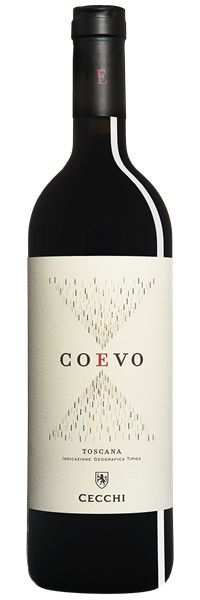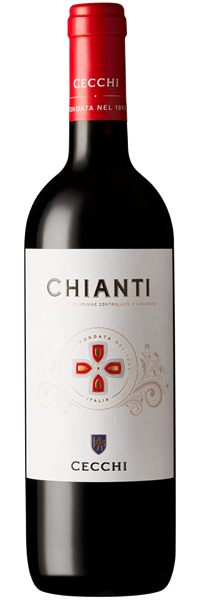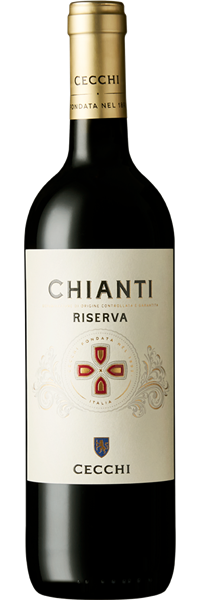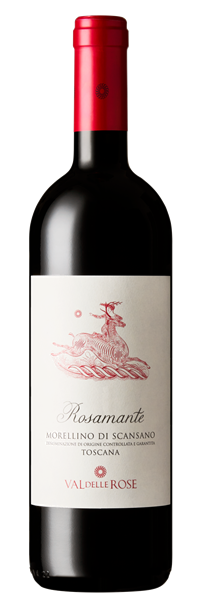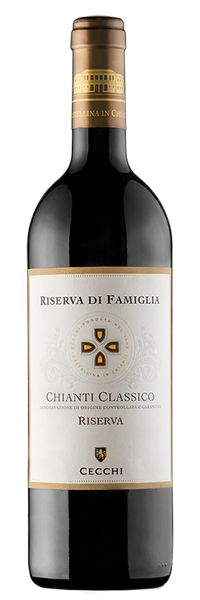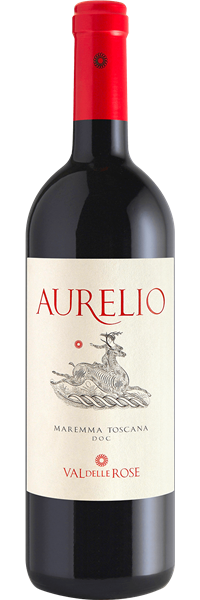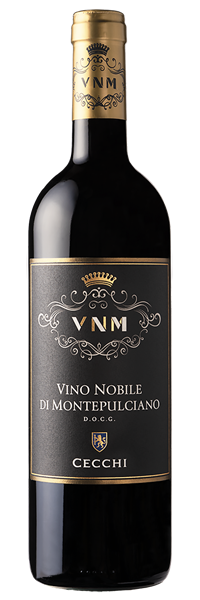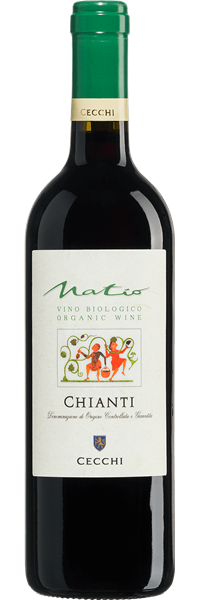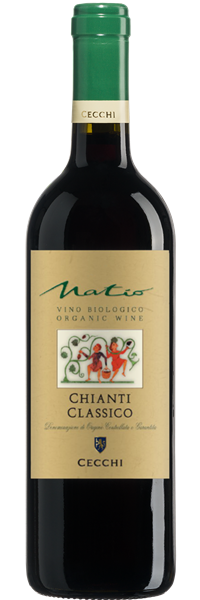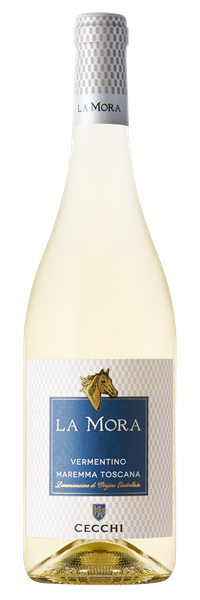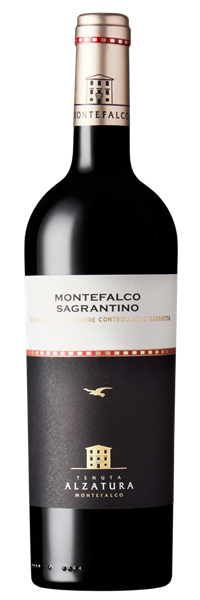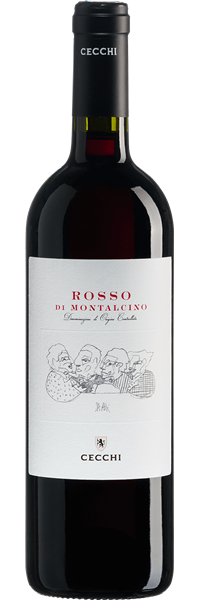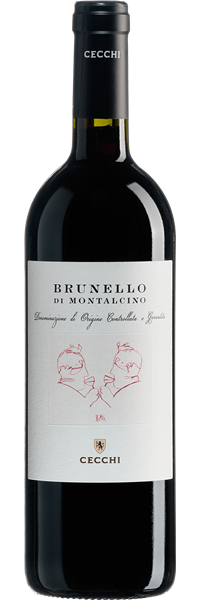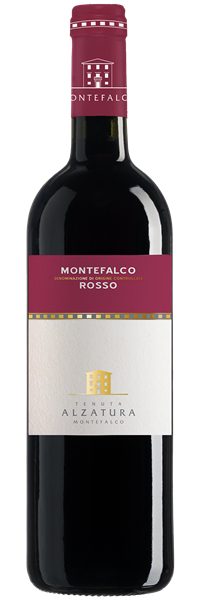
Wine Experience
The Maremma Toscana DOC and its wines
Maremma was once land of bitterness and rebellion. Today, thanks to interventions made over time, it welcomes a favorable climate for any agricultural production, meaning that the rich and suited soils provide the ideal setting for high-quality wine-producing crops.
To highlight the characteristics of this area, a new denomination MaremmaToscana DOC has been established, proudly bearing the name of the region. In 2011 it was added to the list of 39 PDO (Protected Designation of Origin) wines in the region of Tuscany.
Let's find out more about this name through the words of Piero Sabatino, Director of Val delle Rose, the Maremma-based company run by the Cecchi family.
The name of Maremma Toscana DOC and its territory
“I live Maremma all day every day. I live on the estate itself, and every morning I get up early and walk through the vineyards overlooking the sea, leaving Mount Amiata behind, and it’s then that you can see how big the Maremma territory truly is, running from Bolgheri to Lazio.”
This vast territory is distinguished for its internal climate, soil type and altitude. The different features offer a range types and varieties of wines, that despite having the same ampelographic base (i.e. the same grape variety), have different expressions given by the wide variability of the territory. “In this way there will be a wine - even with the same grape variety - which will have the characteristics of the coast, a wine that will have the characteristics of the hinterland, and of the hill,” tells Piero Sabatino.
Maremma Toscana DOC covers the entire province of Grosseto, meaning that all cultivated vineyards in this area can be used to produce wines with this name.
The main varieties cultivated in the area are: Sangiovese, Vermentino, Merlot, Cabernet Sauvignon, Trebbiano toscano, Syrah, Ciliegiolo, Cabernet franc, Petit verdot, Ansonica, Chardonnay, Alicante, Viogner, Pinot grigio, Sauvignon Blanc, Alicante bouschet, Colorino and Pugnitello.
The history of viticulture in Maremma
The storylinked to the Maremma lands, which helped start Maremma Toscana DOC, is of paramount importance.
Once the Maremma territory was covered with forests and marshes, and as a result some scholars believe the name is taken from Castilian marismaswhich means "swamp".
In Roman times the Maremma was abandoned and the Ombrone River in particular began to attract debris until it became marshland, wild and frequented by robbers, so that in Dante's Divine Comedy reads:
«Such tangled thickets have not, nor so dense
Those savage wild beasts, that in hatred hold
‘Twixt Cecina and Corneto the tilled places.»
Subsequently in 1700, an imposing land reclamation was undertaken by the Grand Duke of Lorraine, suitable for the growth and spreading of the vineyard in rehabilitated areas of Maremma, which lasted throughout 1800 and which enabled the development of important wine businesses throughout the territory.
From 1995 Maremma underwent a sudden transformation, when “southernization of crops” (i.e. the realisation by Northern farms of the investment opportunities offered by the South) took place throughout Italy. From a climatic point of view Maremma is similar to the typical southern climates where I come from; in fact, like to think of myself as a Sicilian-Maremmano. It was noticed that the crops in these areas were of superior quality, thanks to the abundant presence of light, sun and good temperatures, all of which are factors that allow good fruit ripening," explains the director Val delle Rose.
"In Maremma," says Sabatino"arrived many. In 1996 came the Cecchi family, which was one of the first to invest in this area. Luigi Cecchi, father of the current owners and Andrea Cesare, at this time already in his fifties, bought grapes from the Alberese fighters, families which, after the war had received land through the Agrarian Reform.
So he soon realized that the grapes of Maremma showed an excellent level of quality and that's why he decided to buy a company in Maremma, Val delle Rose. After the land reforms, viticulture was changed, because small farms with small owners were born, giving rise to land fragmentation. With the arrival of new investors came the land consolidation process, started and run by a local family, and this process has since evolved into an organized, structural form of viticulture. This new reorganization process led not only to the change in the management of the vineyard, but also an improvement of the territory. Until this point in time many of the areas, including that of Val delle Rose, had been abandoned and used exclusively for grazing, but thanks to the reorganization process have been transformed into well-ordered vineyards that are continuously well conducted so as to provide even more value to the territory today. The hope is that this kind of activity, thanks to the Maremma Toscana DOC and its Consortium, can bring even more income and job opportunities, enabling us to multiply what we call the 'vineyard parks' in Maremma.”
The Maremma Toscana DOC Consortium
The Protection Consortium of Maremma Toscana DOCwines is fairly recent. The name was established in 2011 and the Consortium came into action in 2014. The Consortium's main functions are protection, promotion, enhancement, and general care of the interests of the wines of Tuscany, both for member companies and for all those who claim the name. The philosophy of the Maremma Toscana DOC Consortium, which now has about 338 members, is of course to protect the wine of Maremma, but also to use the wine to promote the vast and rich territory worldwide.
“Val delle Rose has been part of the Consortium from the very beginning, and I came as an adviser, participating more actively. As well as the family, I also believe in the enhancement and support that an organization like this can give to the "wine" and the territory surrounding it,” says Sabatino. “As well as our belief in participating in the actions of the Consortium, local companies have also felt the need to have Val delle Rose within the Consortium as the experience and ability to produce wines best express Maremma.”
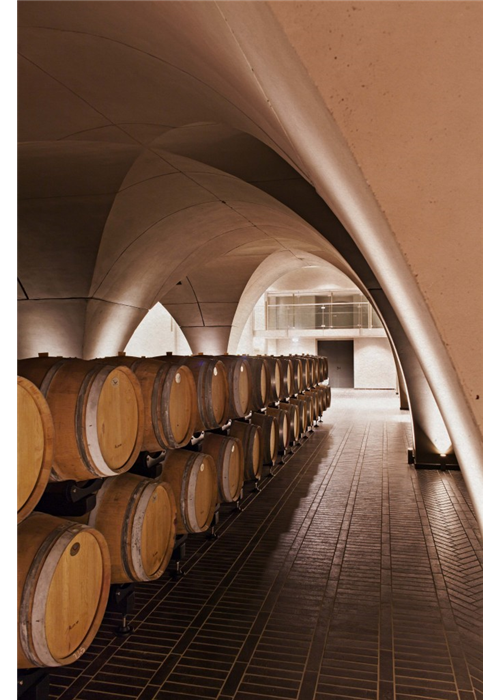
Regulations of Maremma Toscana DOC
The product specifications regulate the production of the various types of wines. Red grapes, for example, are used for Maremma Rosato PDO, Maremma Toscana DOC red with mention of specific varieties - Merlot, Cabernet Sauvignon, Cabernet, Sangiovese, Syrah, Alicante or Grenache, Canaiolo, Ciliegiolo; and in the white wine variety, in addition to generic white, Vermentino, Chardonnay, Trebbiano, Ansonica, Vionier and Sauvignon.
That of Maremma Toscana DOC is a specification in modification phase because it will add other denominations, such as Petit Verdot and Pugnitello (a small variety grown in Maremma and in Tuscany in general, but with which many manufacturers aim to rediscover a native variety).
Other modifications concern the addition of new terms, in particular the mention of Reserve to give the possibility of producing wines with a higher quality level, and for which mandatory period of aging both in wood (or in barrel) and in bottle will be implemented. This is unlike other disciplines that only provide for barrel aging, in order to make an even more pleasant and overall elegant wine.
Another important change is the modification of the ampelographic base (i.e. the set of grape varieties used) of the Maremma Toscana DOC red.
Maremma Tuscany PDO and Val delle Rose
We asked Piero Sabatino why Val delle Rose has always believed in the Maremma Toscana DOC denomination. “Let's start from the beginning. Val delle Rose has given value to the territory with its Morellino di Scansano, earning appreciation among both critics and the general public. The Cecchi family, known and appreciated in the world of the wine, has invested in the Maremma territory, even before the denomination, because he saw the potential that over time turned into real value. The Maremma Toscana DOC is a new and beautiful denomination which we believe will produce a positive result not only for our company but for the entire territory. The product quality is the same, and it is excellent, so why give up with the success of the Morellino? Why not continue to emphasize the quality of Maremma through other types of wine? This is only the start because Maremma can have a wide variety of opportunities, all related to the right practice and winemaking technology. It is for this reason that important investments made in the cellar not only transform the origin of the product, but also try to accommodate the product of the earth as much as possible.”
The company currently has two Maremma DOC wines, one white and one red: the Litorale, that thanks to its unmistakable label has long been one of the most publicised and successful, and a new product, the Aurelio, the newcomer to Val delle Rose.
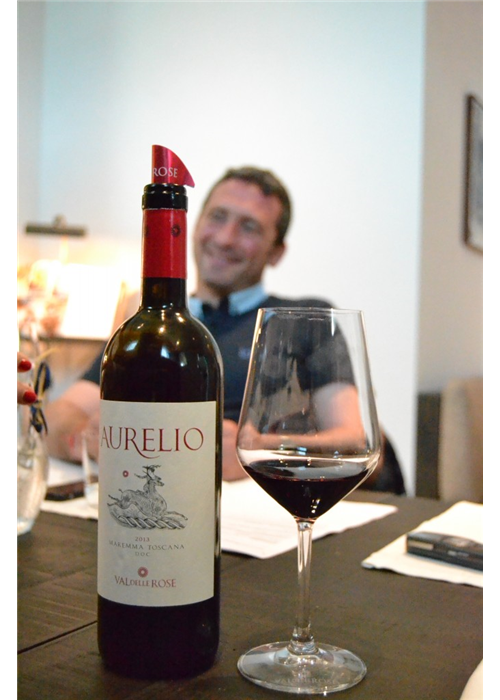
Aurelio, the new Maremma Toscana DOC
The new addition of the Maremma estate is called Aurelio, paying homage to this land, since it takes its name from the Roman road that runs along the coast, the Via Aurelia, wanted by the consul Gaius Aurelius in the third century BC.
“Just as the Via Aurelia was the first piece of what would become today's roads,” Sabatino tells us. “So the Aurelio is the first step in what is the investment and the belief that Val delle Rose has in Maremma and in this case the Maremma Toscana DOC.”
This new wine made with a Merlot base, presented at Vinitaly 2016, combines a deep red color with hints of ripe fruits, black spices, pepper and chocolate. The taste is soft, with velvety tannins. Given its fullness, it goes perfectly with game dishes such as wild boar, but also with mature cheeses, cold cuts and the typical Maremma tortello. "I drink it all too willingly with fish because it’s a very delicate wine that does not disguise or mask the flavors", reveals Piero Sabatino.
Litorale, the Maremma Toscana DOC of Val delle Rose
The area is ideal for grape varieties such as Vermentino, which is the best, because it yields excellent results in sunny and coastal areas, just like the Maremma. As always, the climatic characteristics of this region make it unique, thanks to the presence and close proximity of the sea, mountains and hills.
The Maremma is a generous land in every sense, not only for its size and the range of wine products it offers, but it is a land where there are so many other farming activities linked to the production of cheeses, meats, bread, rice and vegetables. Litorale is the perfect accompaniment for local cheeses, raw and cooked fish.
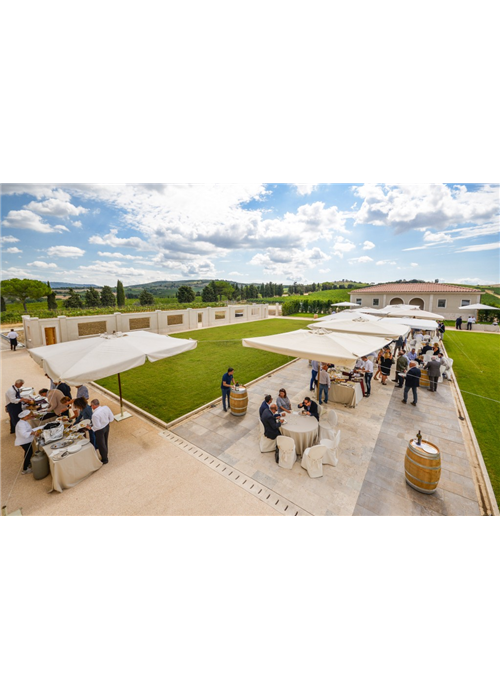
Discovery the lands of Maremma Toscana DOC
Today Maremma continues to be a generous land in every sense, and offers so much of everything from wine to food, from nature to culture. You can visit the archaeological sites of Populonia and Roselle, the Parco della Maremma, and within walking distance there is also the sea and the relaxing thermal baths of Saturnia.
Moreover, Val delle Rose is promoting the territory and opens the doors to those who come to Tuscany from all over the world experience Maremma firsthand.
Starting this year, the company is open to the public with various offers, from the tasting visit to the cellar, to visit the vineyards. "We think it is important to bring people to experience, to live fully in this area," explains Giulia Doratori, hospitality manager at Val delle Rose. After all, to know the land where wine is born is a unique way to fully appreciate its value and identity.

